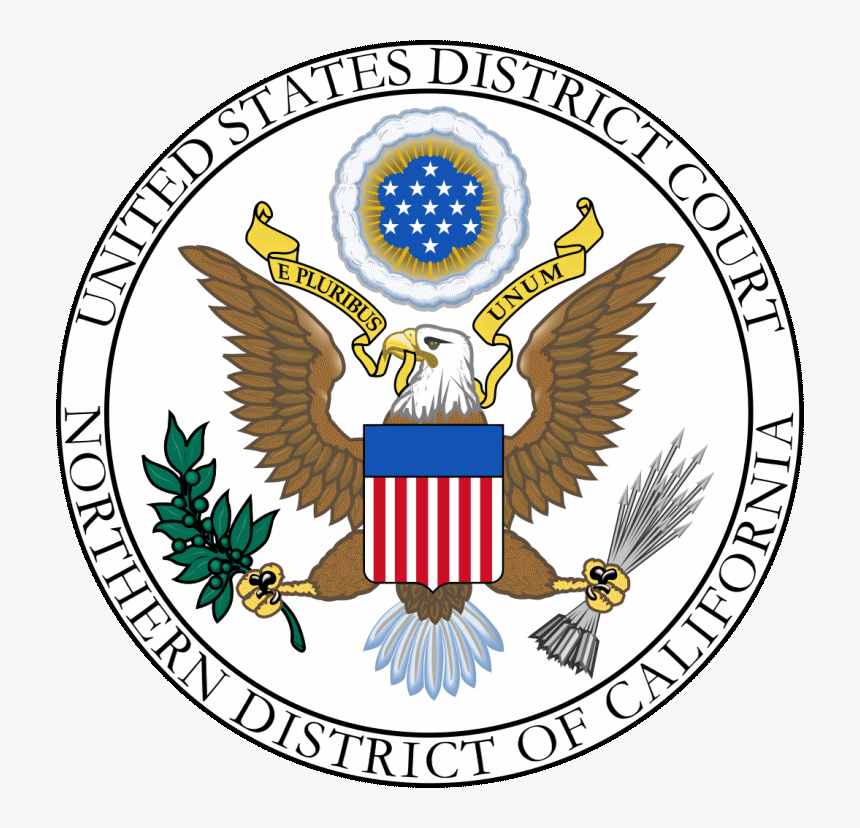THE US FEDERAL COURT SYSTEM
The United States exercises separation of powers between the executive, legislative, and the federal judiciary, but they often work together when the Constitution requires.
Congress passes the federal laws and signed by the President.
The judicial branch decides the constitutionality of federal laws and resolves other disputes about federal laws.
The judges, however, depend on the executive branch to execute and enforce court decisions.
The federal court system comprises the District Courts or the trial courts which is the starting point for any case, the circuit courts which are the intermediate appellate courts, and the Supreme Court of the United States, the highest court of the United States, which tries the final appeal in the federal court system.
The federal court system’s present form consists of 94 District-level trial courts, 13 Courts of Appeals, and one Supreme Court.
US Federal Court vs. State Courts
The federal district courts in the federal system work differently than state courts in many ways.
Federal courts are courts of limited jurisdiction and can only hear cases authorized by the United States Constitution or federal statutes.
The court has original jurisdiction over cases arising from federal statutes, the Constitution, or treaties lie with the federal district court.
There are times that state courts and federal courts will exercise concurrent jurisdiction with one another, and the plaintiff may elect which court he or she chooses to bring the controversy.
The plaintiff may choose the state court and there are instances that the defendant may choose federal court over the state court and remove the latter.
Civil cases are the types of cases that can be heard and tried in the federal system.
Rules of Diversity
The rules of diversity jurisdiction allow the plaintiff of one state to bring the case to the federal court where the case is entirely based on state law when the defendant resides in another state.
The defendant may also “remove” the case from the state court and choose the federal court.
All of the plaintiffs must reside in different states than all of the defendants when bringing a state law claim to the federal court, provided that, the amount in controversy should exceed $75,000.
However, diversity jurisdiction cannot be applied in criminal cases.
US Federal Court Criminal Prosecutions
Criminal prosecutions in state courts may only be brought by the states, and criminal prosecutions in federal courts may only be brought by the federal government.
In this case, the principle of double jeopardy, wherein a defendant cannot be tried twice for the same charge, is not applicable in federal and state government.
For example, when the defendant is charged with murder by the state and does not get a conviction, charges may be filed by the federal government against the defendant if the act is also illegal under federal law.
How Federal Judges are Appointed
The President is the one who selects federal judges and Supreme Court justices with the advice and consent of the Senate.
They shall hold their offices during good behavior and may hold their positions as judges and justices for the rest of their lives.
They may also retire or resign earlier.
An exception to the lifetime appointment is for magistrate judges that are selected by district judges who will serve for a specified term as they may be reappointed after their previous term.
The House of Representatives may also impeach a federal judge or Supreme Court justice through impeachment proceedings, and the conviction is made by the Senate.
Fourteen federal judges have been impeached throughout history by reason of alleged wrongdoings in relation to their office.

How Pink Lady Prison Consultants Help Female Inmates?
If you or someone you know was indicted and going to federal prison for a white-collar crime, our services can help you take advantage and qualify for the RDAP Substance Abuse Rehab Program, the First Step Act, the Second Chance Act or Compassionate Release, all which can drastically shorten the time you remain in Custody.
Each one of our consulting Service Areas are designed to limit clients exposure and ensure that they receive the shortest sentence possible, placement in geographically desirable women’s prison camp for visits to maintain family ties, the delaying of fines and restitution, extra halfway house and home confinement, and getting out of federal custody early itself.

